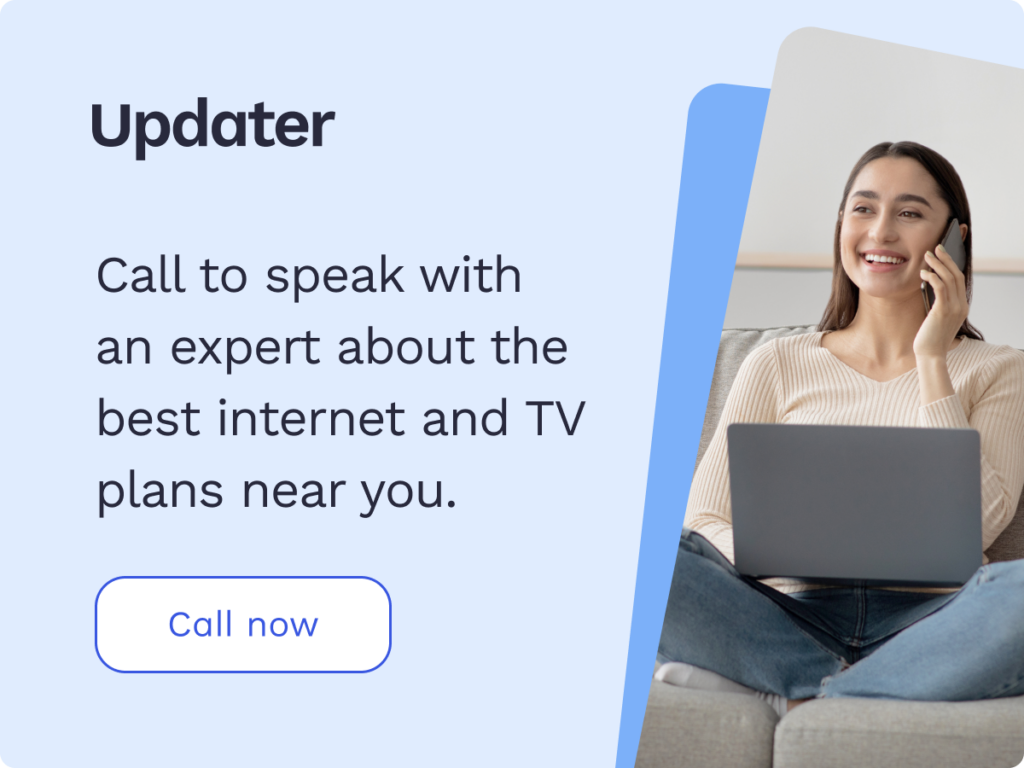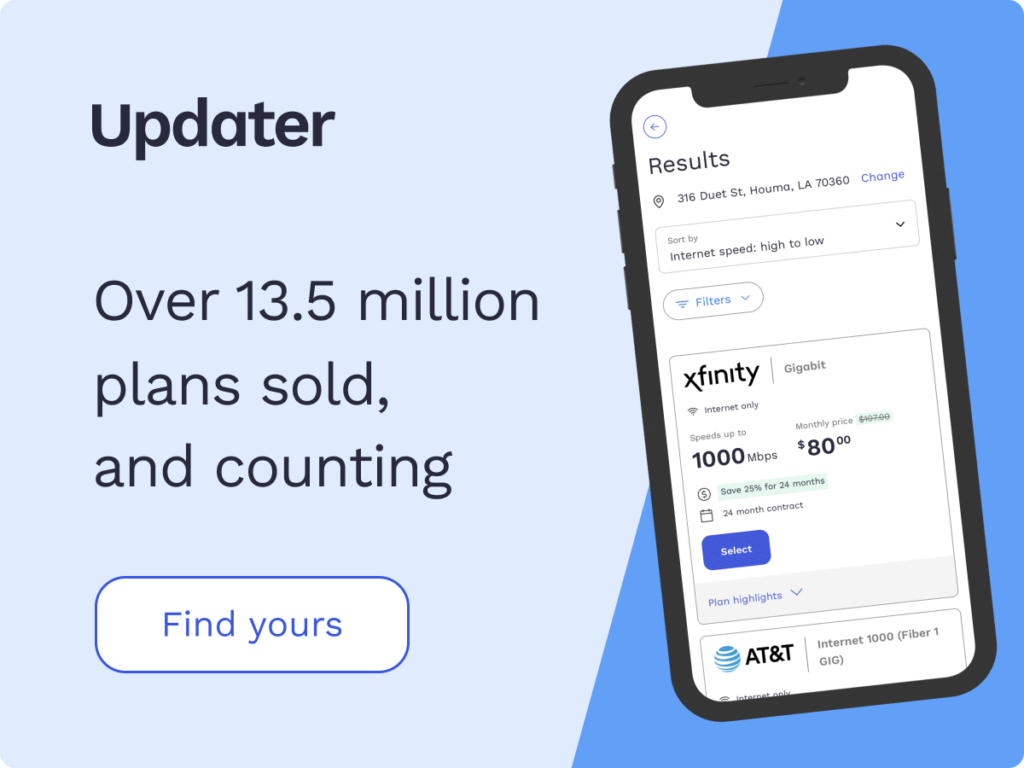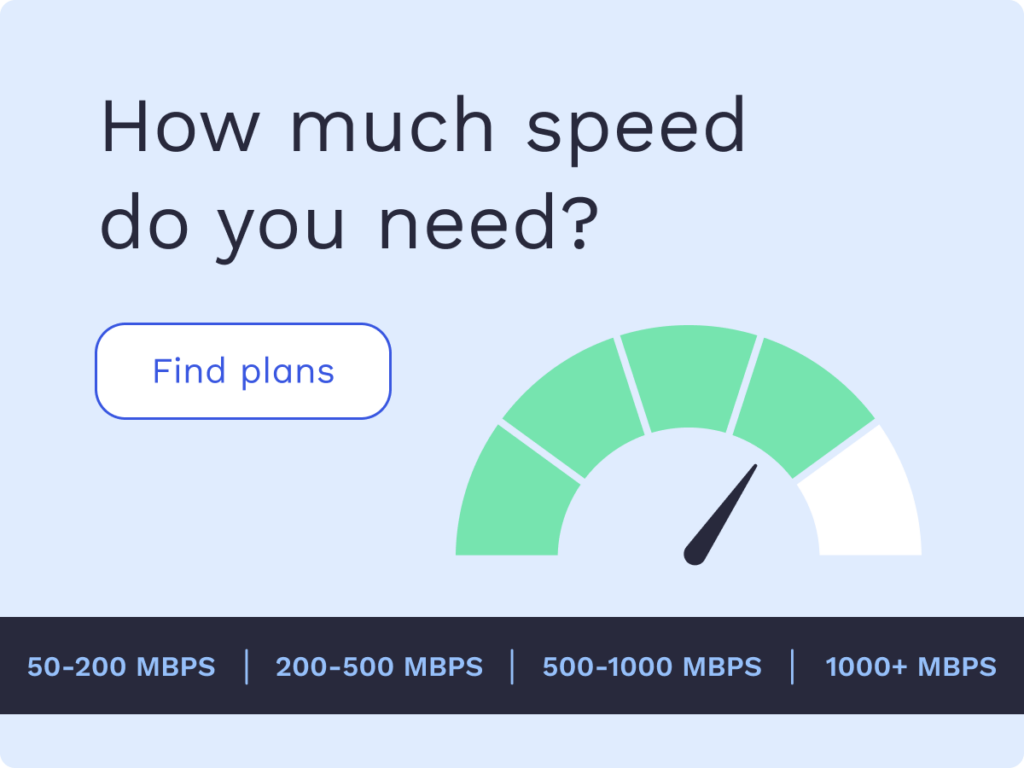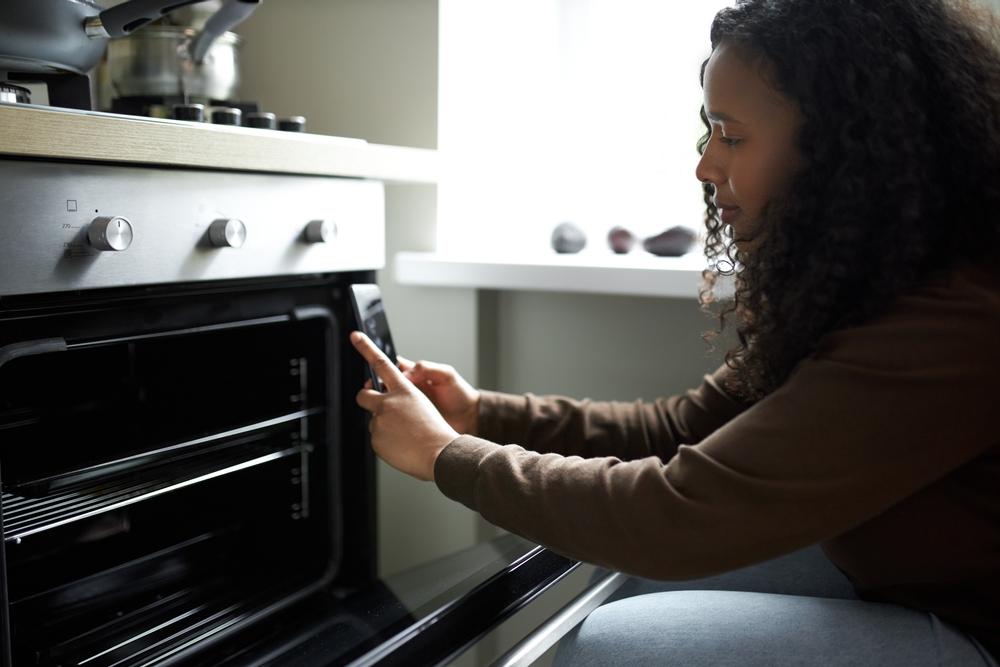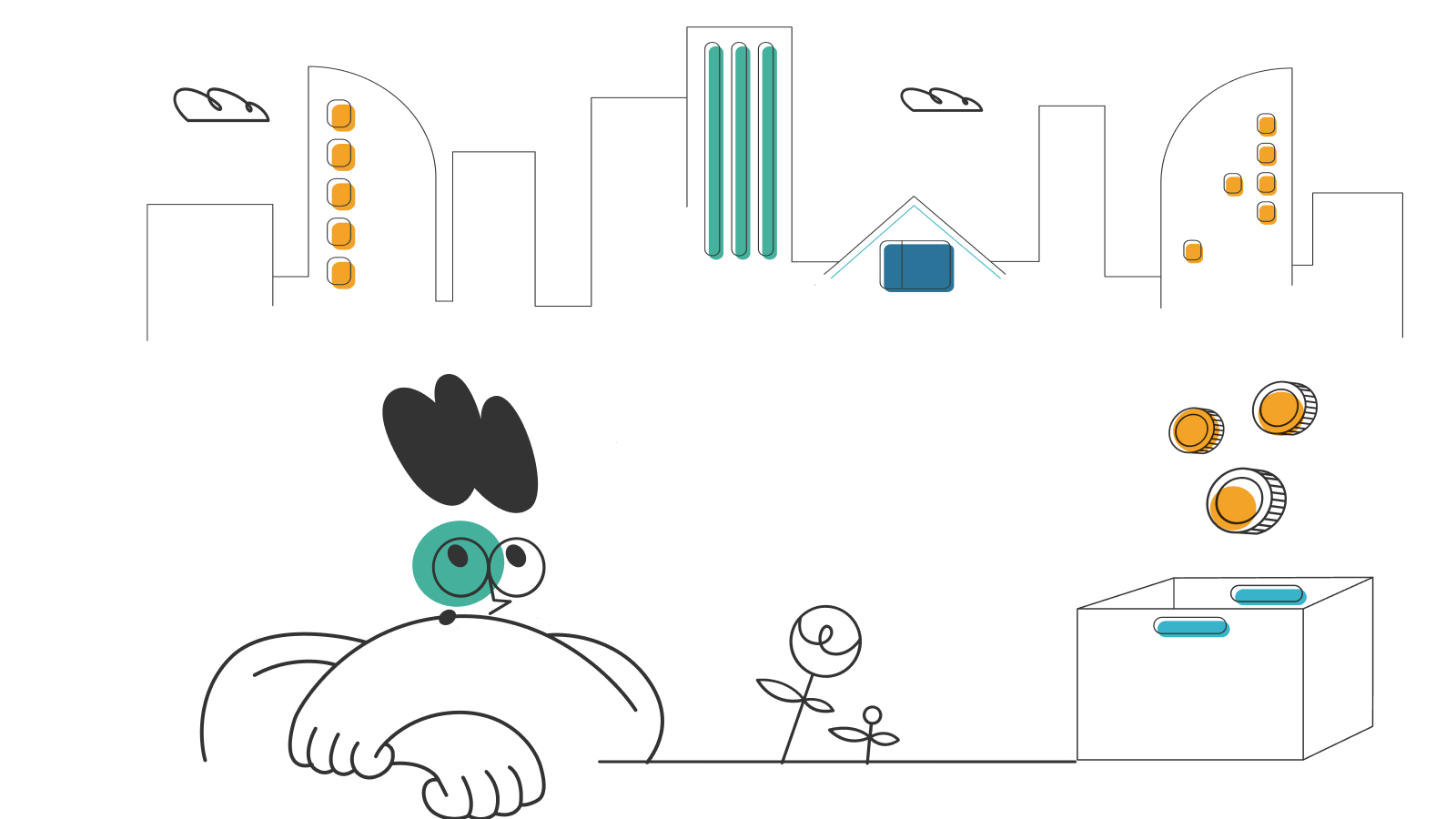How to Get Free or Low-Cost Internet Service

It’s been 3 decades since the first commercial internet connections were made. Despite a majority of households in the US now boasting an internet connection, service often doesn’t come cheap. Most providers charge premium rates for quality access. Even a slower internet connection can mean big monthly costs, not to mention installation fees, equipment rentals, early termination fees, and more.
However, with a bit of searching and planning, it is possible to reduce your internet expenses to zero. This guide will examine a few different ways to get free and low-cost internet at home and in public.
- Which providers offer free internet service?
- How to find free Wi-Fi hotspots
- Government programs that provide free internet service
- Other options for free internet service
- Free internet FAQs
Which providers offer free internet service?
Several internet providers have free or low-cost internet service programs for low-income families. The following are some of the most popular low-cost or free internet programs to check out.
NetZero
NetZero is undeniably one of the oldest internet service providers in the US. The provider, founded in 1988, allows you to access the internet using downloaded software rather than through mobile routers. NetZero’s free internet is restricted to only 10 hours per month, making it an ideal plan for users who don’t need a lot of data. They also have other plans that provide more access to the internet, all of which are still incredibly affordable.
Wi-Fi Free Spot
Wi-Fi Free Spot is a program that helps users locate regional and national enterprises in residential areas that offer Wi-Fi at no cost. The site comes with a directory accessed by clicking your state or residential area. The site then displays a list of all the Wi-Fi locations in your state or region offering free internet. Wi-Fi Free Spot is ideal for people who move from one place to another and frequently need free internet access in the destination they are headed to.
InstaBridge
InstaBridge is a free application that offers smartphone users Wi-Fi passwords and hotspots on the go. The main goal of InstaBridge is to provide a means for sharing free home Wi-Fi with Facebook friends. You can use InstaBridge to identify the nearest places to access free Wi-Fi within walking distance and the application is designed to determine hotspots that are working optimally. It will instantly connect you to the spots with higher performance while exempting you from those with poor connections.
WiFi Map
As the name suggests, WiFi Map is a map of free Wi-Fi connections. WiFi Map features an app you can download to access millions of free Wi-Fi spots. It allows members to upload Wi-Fi connections so that other members can access the internet in their area. It is designed as a crowdsourcing solution that can grow as more members join and share with their friends. The app boasts 100 million free Wi-Fi locations available across the US.
Juno
Juno was established in the 1990s as a free dial-up email service. To date, it continues to offer free email and internet service. Because it is a dial-up option, your computer will need to have a modem and/or adapter so that you can access the internet. You should also have access to a phone line. The free service is limited to 10 hours per month, making it suitable for those who don’t need much data.
FreedomPop
FreedomPop offers one of the most effective ways to access the internet at no cost. With this service, you are provided with a wireless router for accessing the internet. Because the wireless router is portable, you can carry it on the go and access the internet from anywhere. It is designed to work no matter your location, allowing you to browse any time you’d like. However, you will have to pay a deposit for the router, which is refundable once you return the device. FreedomPop also has a free data plan that allows users to receive 500MB of free data. If you need additional data, you can choose from a variety of affordable plans.
Lifeline
Lifeline is a free internet program dedicated to seniors. However, you can also qualify based on your income if are eligible to use Medicaid or SNAP. Unlike other programs, Lifeline is a federal program that doesn’t provide internet access directly; rather, it provides a monthly stipend for paying internet bills. If you choose a low-cost internet plan, Lifeline may cover your entire monthly bill.
EveryoneOn.org
EveryoneOn.org is a program available to low-income families. If you are eligible, you benefit from multiple resources to help you find affordable or free home internet service. Besides access to the internet, the program can also help you purchase affordable computer hardware if you don’t currently have a computer in your home.
Municipal wireless networks
Municipal wireless networks are massive Wi-Fi networks designed to cover large areas within a municipality. Local governments typically install municipal wireless networks so that the citizens living within the coverage area can access free or low-cost internet via Wi-Fi. While not widely available at this time, it’s worth checking to see if a municipal wireless network is available near you.
School district networks
Most school districts also provide free internet programs for students. The programs provide resources such as hardware, including Wi-Fi hotspots and free wireless data or connections to free or low-cost internet services. If you are currently enrolled in school or have a school-age child, check with your district to see whether they have any resources that could help you get connected.
How to find free Wi-Fi hotspots
Several internet service providers are setting up free Wi-Fi hotspots in public spaces. Although the total number of Wi-Fi hotspots is expected to reach 432.5 million by 2022, free Wi-Fi hotspots are not always easy to locate. The following are some of the ways to find free Wi-Fi with minimal effort.
Use a hotspot database app
There are several apps dedicated to helping users find free public Wi-Fi hotspots. Hotspot database apps have an extensive list of Wi-Fi hotspots around the globe. Some even provide passwords for hotspots not available to the public without paying. A few of the top hotspot database apps to check out include Wiman, Avast Wi-Fi Finder, WifiMapper, and Swift.
Visit popular Wi-Fi hotspot locations
There are some specific places where you are almost guaranteed to find a free Wi-Fi hotspot, including:
- Libraries – The primary goal of libraries is to help further education for the local community and providing free access to the internet is one of the ways libraries accomplish this goal.
- Local bookstores – Apart from libraries, your favorite bookstore is also an ideal place to look for a free Wi-Fi hotspot.
- Public plazas – Most cities in the US cover public plazas with free Wi-Fi hotspots to attract more foot traffic to local stores.
- Trains and buses – Trains and buses may be equipped with wireless networks that you can access for free.
- Universities and colleges – Universities and colleges often offer free Wi-Fi hotspots to their local communities. However, these may require a password to access.
Government programs that provide free internet service
Apart from the internet service providers mentioned above, several other ways to get low-cost or free internet access are also available. These include government programs such as the Affordable Connectivity Program (ACP), and others. Let’s take a look at some of these programs.
Affordable Connectivity Program (ACP)
The Affordable Connectivity Program (ACP) is a federal government-backed program that provides eligible households with a discount on broadband service and connected devices. The ACP is administered by the USAC and FCC and aims to help low-income households pay for broadband service and connected devices.
Eligible families receive the following:
- Maximum of a $30/month discount on internet service
- Maximum of a $75/month discount for homes on qualifying tribal lands
- A one-time discount of up to $100 to purchase a laptop, tablet, or desktop computer
Emergency Broadband Benefit program
The FCC’s Emergency Broadband Benefit program, which started on May 12, 2021, provides a monthly discount of up to $75 for qualified households. It also offers a one-time discount of up to $100 to purchase a new laptop, tablet, or desktop.
You must meet one or more of the following criteria to qualify:
- Be eligible for a participating internet provider’s existing COVID-19 program
- Have an income at or below 135% or less than the Federal Poverty Guidelines
- Be eligible for and enrolled in Medicaid, SNAP, Qualify for Lifeline, SSI, FPHA, the Veterans and Survivors Pension Benefit, or specific tribal programs
- Participate in the USDA Community Eligibility Provision, School Breakfast Program (SBP), or the National School Lunch Program (NSLP) during the 2019-2020 school year
Lifeline discount program
Lifeline is a government program supported by the FCC. The program provides a monthly internet service discount for low-income households. It offers a discount of at least $9.25/month on phone service, wireless phone service, broadband, or bundled services. Keep in mind you can only claim one Lifeline discount for phone or internet service, so you should prioritize the one you use the most.
ConnectHomeUSA
ConnectHomeUSA started in 2015 as a public-private partnership between the US Department of Housing and Urban Development (HUD) and several other organizations. The program, which currently covers over 80 communities in the US, provides resources to help users find affordable internet services and devices.
Enhanced Lifeline benefits for tribal lands
Households who qualify for the Emergency Broadband Benefit (EBB) and are located on tribal lands can receive a discount on their internet connection. The Enhanced Lifeline benefits provide eligible members on tribal lands with a $100 reduction for first-time connection charges for Lifeline service in their residence.
Other options for free internet service
There are several other alternatives to get free internet service.
Using free Wi-Fi at coffee shops and cafes
Although this seems obvious, many of us forget about coffee shops with free Wi-Fi hotspots. Next time your service goes down or you’re close to your data limit, head to your nearest Starbucks and connect to their Wi-Fi for free. These shops generally offer high-speed internet that likely rivals the one you pay for at home.
Ask your neighbors
You can offer to split costs or exchange services for some free internet access with your neighbors. For example, you can ask your neighbor for a Wi-Fi password in exchange for Netflix logins or helping out with household needs. These services may include helping run errands, babysitting kids, or doing some lawn care.
Free internet FAQs
Can I get free high-speed internet at home?
In most cases, it is not possible to get free high-speed internet at home. While government programs can help low-income families get connected, the speeds available on these plans may be limited. However, they should be enough for online schooling, remote work, and other basic internet tasks.
Why do businesses offer free Wi-Fi?
Free Wi-Fi helps businesses increase foot traffic into their premises. For most business owners, offering free internet provides a great opportunity to grow their business and increase customer satisfaction.
How safe is free Wi-Fi?
Although Wi-Fi hotspots in public places are convenient, they may not be secure. If you connect to an insecure network and send information through apps or websites, someone else might see it. When using public Wi-Fi, you should take steps to secure your network, such as using a VPN app that offers encryption for any data you transmit.
*Pricing varies by location and availability. Speeds may vary. All prices subject to change; for current pricing and availability visit our internet service page. Prices as of 3/24/22.
Disclosure | Updater articles are based on our own data and research, independent from partner relationships. We are not compensated by partners for information and opinions presented here. Our Editorial Terms of Service can be found here.
